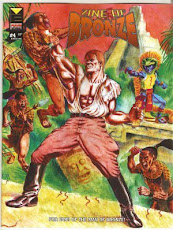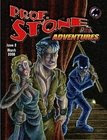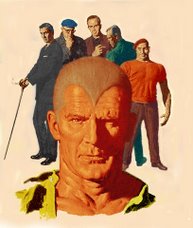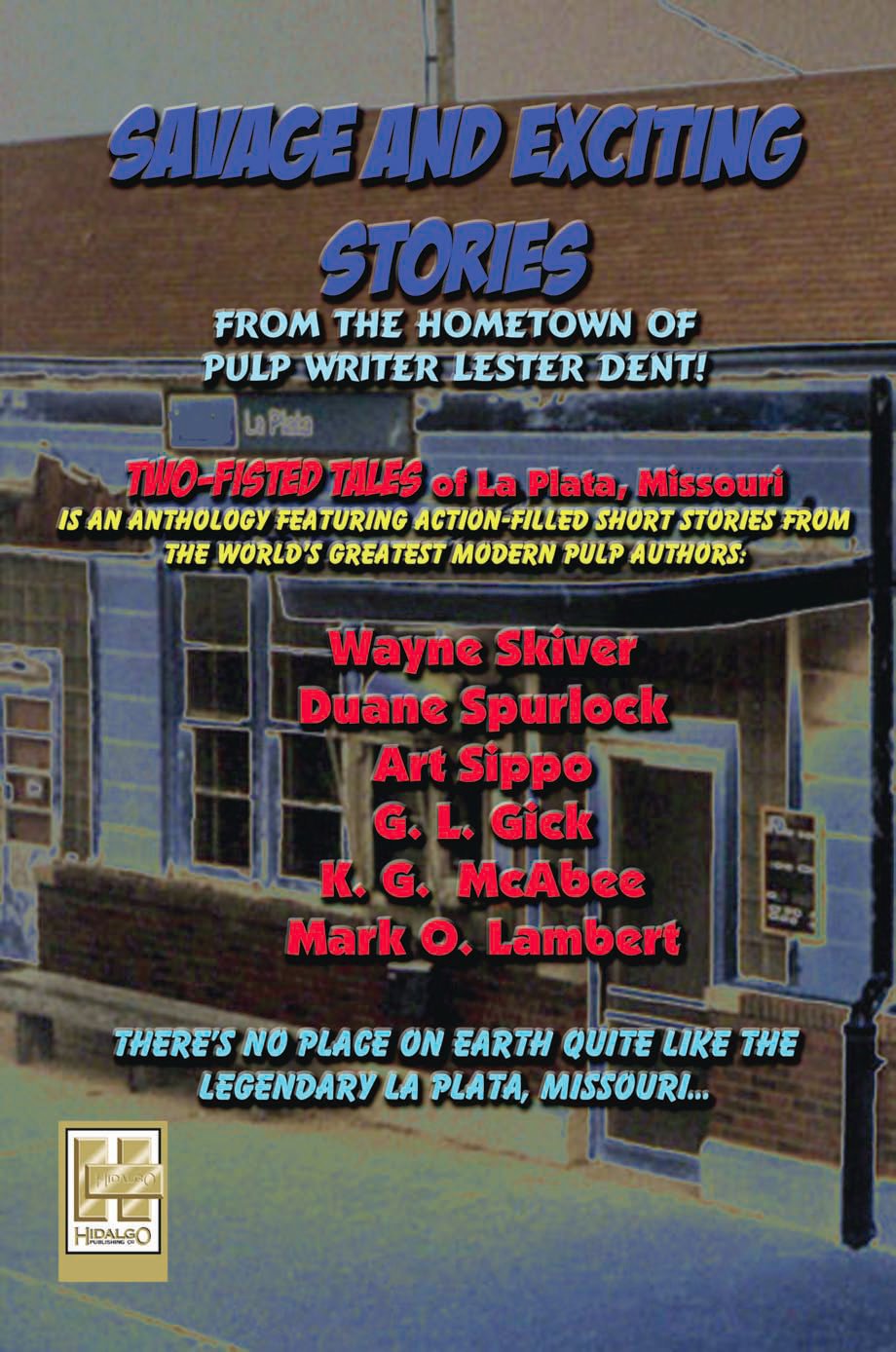In a final murderous gesture, the villain introduced the Red Death into the Mayan water supply. Doc was eventually able to isolate the germ from the water and he developed a cure for the disease using roots and jungle herbs which he boiled, cooked, and treated with acid. The refined product was a pale fluid which cured with one dose.
What was the Red Death? And what did Doc Savage refine from the jungle foliage to cure it?
I would submit that the Red Death was a particularly virulent form of Yersinia pestis, the organism that causes Plague. Plague is a disease endemic to the Old World that was brought to the Americas by the Spanish and the Portuguese. It currently is present in the New World in the United States, Brazil, Peru, Ecuador, Bolivia, Paraguay, Northern Argentina, and Northern Mexico. It is absent in most of Mesoamerica, but there could have been hot spots in the jungle where the disease remained dormant. The incubation time and the time from onset of symptoms to death in untreated cases of Plague matches what is described about the Red Death.
Plague can be spread through ingestion, inhalation, or contact with an open wound on the skin, but the most common form of transmission is from an arthropod bite from fleas, ticks, or lice. If the right arthropod vector is not present, transmission to humans will be unlikely unless there is direct contact with or consumption of an infected animal.
Bubonic Plague is the form caused by arthropod bites and is characterized by round red "buboes" or swollen lymph nodes in the areas where the bite occurred. Often times these are on the upper chest or neck. They will often open and drain highly infectious serosanguinous material. Ingestion usually results is Septicemic Plague which is associated with a more generalized petechial rash, but in some cases there can be ecthyma gangrenosum–like lesions and carbuncles due to blood-borne Yersinia pestis. The variant bacillus that caused the Red Death likely was more prone to do this and it led to these characteristic lesions on the neck.
Plague remains one of the few bacteria that is strongly sensitive to simple Penicillin even though other antibiotics are used today in treating this disease. We must remember that in 1930, there were no antibiotics. While Penicillin had been discovered in 1928 by Sir Alexander Fleming, it was merely a laboratory curiosity until World War II. The first sulfonamide, Prontosil, was not made available until 1932. At the time The Man of Bronze occurred, there was no effective way to medically treat most bacterial infections.
There is a curious coincidence that is reported in the Wikipedia article on Penicillin:
In March 2000, doctors of the San Juan de Dios Hospital in San Jose (Costa Rica)
published manuscripts belonging to the Costa Rican scientist and medical doctor
Clodomiro (Clorito) Picado Twight (1887-1944). The manuscripts explained
Picado's experiences between 1915 and 1927 about the inhibitory actions of the
fungi of genera Penic. Apparently Clorito Picado had reported his discovery to
the Paris Academy of Sciences in Paris, yet did not patent it, even though his
investigation had started years before Fleming's.
http://en.wikipedia.org/wiki/Penicillium_chrysogenum
So a Mesoamerican scientist did discover Penicillin before Fleming and published his findings. It is then quite feasible that another scientist in the same area might have discovered a variant of Plague bacillus in the jungles and tested a purified derivative of the Penicillium chrysogenum mold as a treatment for it.
Penicilliam chrysogenum mold (formally known as Penicilliam notatum) is ubiquitous in nature and is often found on foods. It would occur in large mats in hte jungle and it could be this mold growing on "roots and herbs" that Doc Savage used to make his cure for the Red Death. Doc would have known of Flemings discovery and may even have heard of Dr. Twight's work. In those heady days in the 1930s before antibiotic overuse, one dose of Penicillin would have been enough to cure most infections.
So the whole story is quite feasible. In the late 1920s, a variant form of plague bacillus was discovered in the jungle by a Mesoamerican scientist which was highly susceptible to Penicillin extract. It was not normally a human pathogen but could be used to induce disease by ingestion or skin contact with concentrated bacteria. Using his knowledge of the recent discovery of Penicillin, Doc Savage was able to cure the disease.

























No comments:
Post a Comment